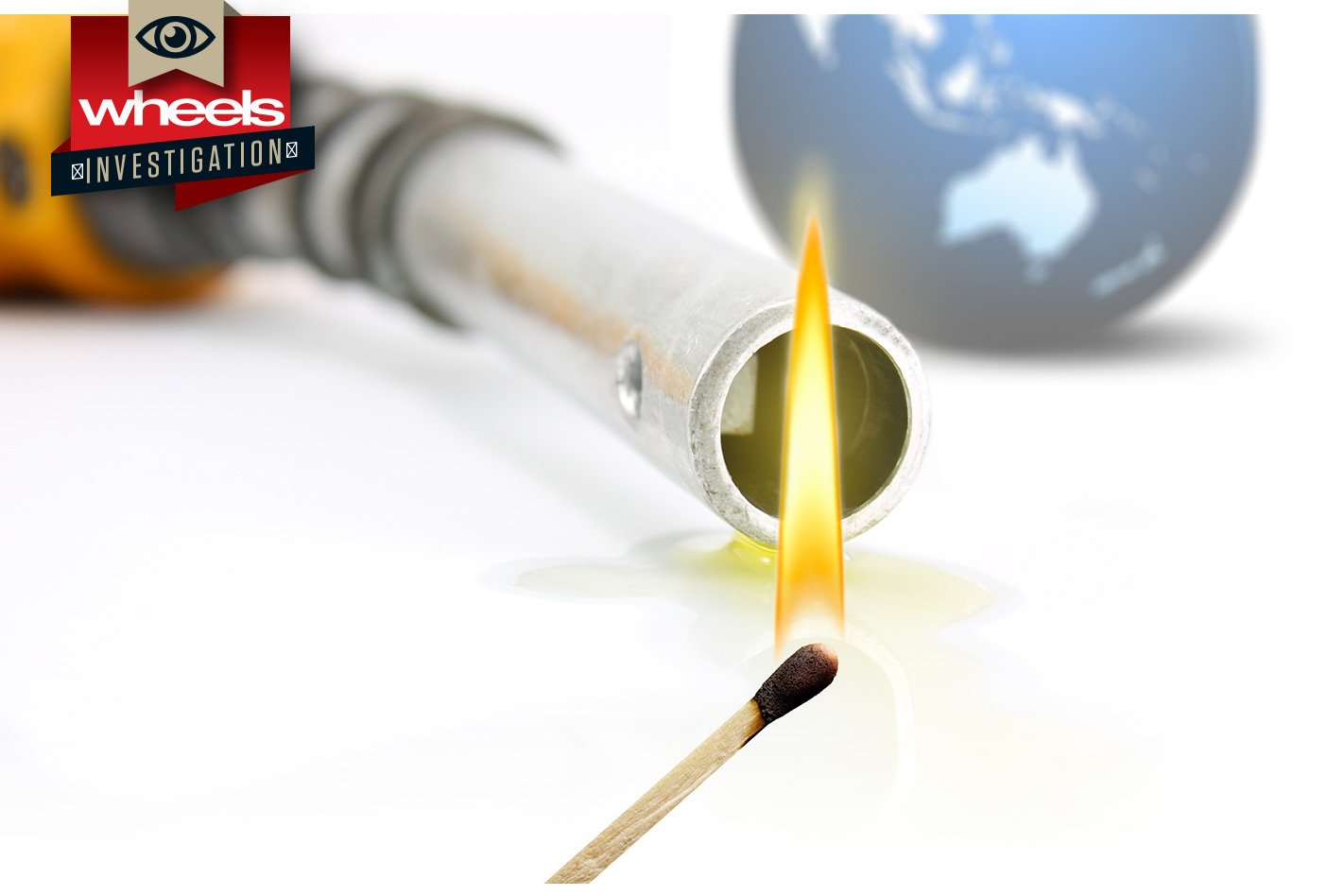AUSTRALIA now has the distinction of having one of the dirtiest fuel standards in the developed world.
Amongst signatories to the OECD – an international economic forum of 35 countries – Australia has the worst record on fuel quality.
Mexico, once ridiculed as the only developed OECD member with fuel quality that fell lower than Australia’s, has recently introduced a 50 parts per million level of sulphur – used as a measure of how polluting petrol can be – in unleaded fuel.
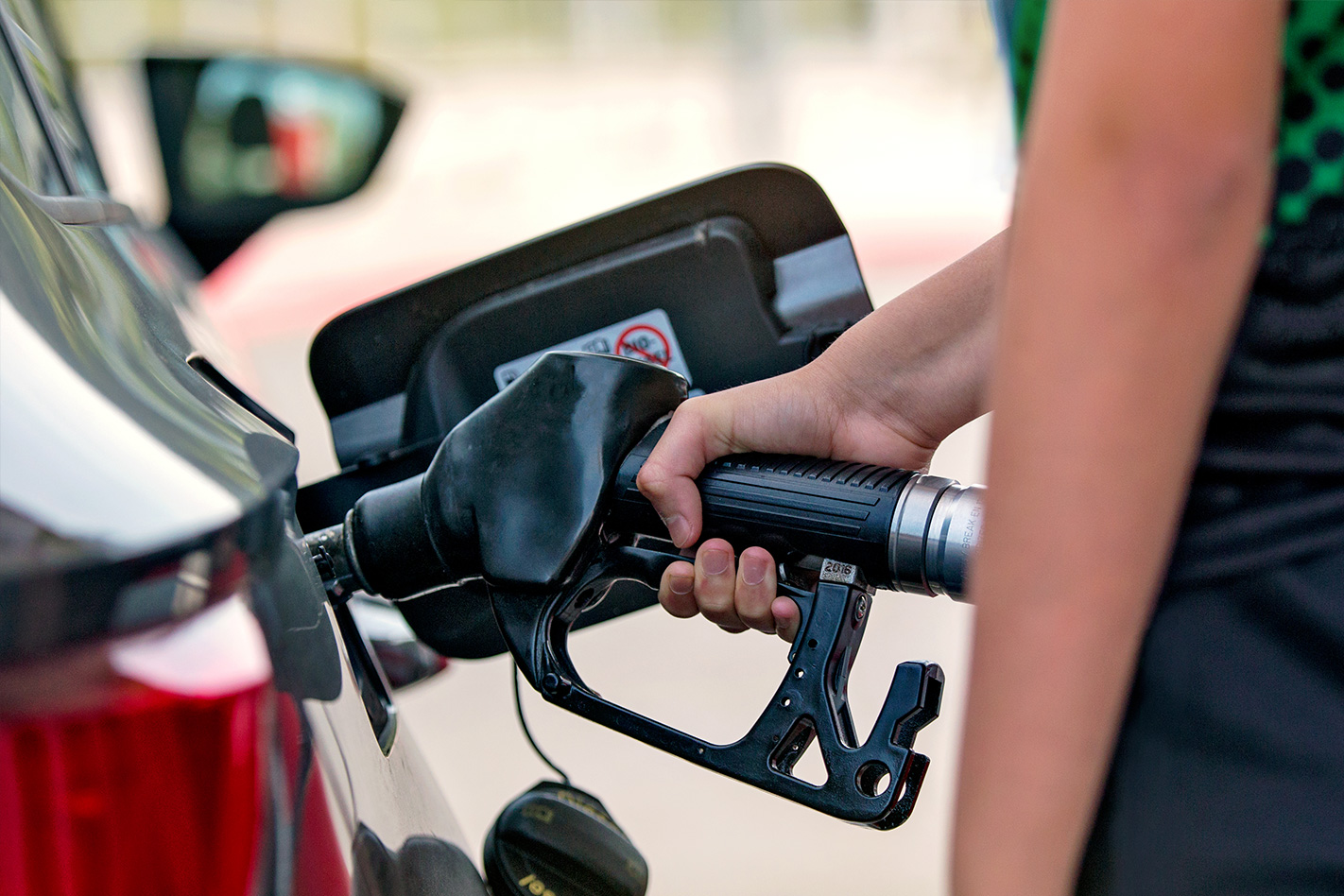
Industry sources suggest part of the problem stems from Australia’s fears over fuel security; the ability to turn barrels of oil pumped out of any one of the nation’s seven recognised oilfields, or brought in via Singapore, into transport fuel. We currently have four refineries along the eastern seaboard that in 2013 produced 15,600 megalitres of fuel for the cars we drive. The fear is that any geopolitical rumblings in Asia could one day shut off the supply lines indefinitely.
But compared with most of the rest of the world, our fuel is filthy. In Australia, 91RON fuel has a 150ppm sulphur content that makes it both cheap to produce and sell. But it also means the most popular fuel in Australia is the dirtiest, pumping significantly more sulphur dioxide – a common cause of breathing problems and generator of acid rain – into the atmosphere than other OECD members, creating excessive engine wear for consumers and even costing us more at the pump, because the dirty fuel doesn’t burn as efficiently as if it had less sulphur.
Even our ‘cleanest’ fuels – 95RON and 98RON – are both rated at 50ppm. Overseas, 98RON and its equivalents are often rated at just 10ppm. Some car brands have to detune their cars for our market, sapping their performance and fuel efficiency, to be compatible with local fuel.
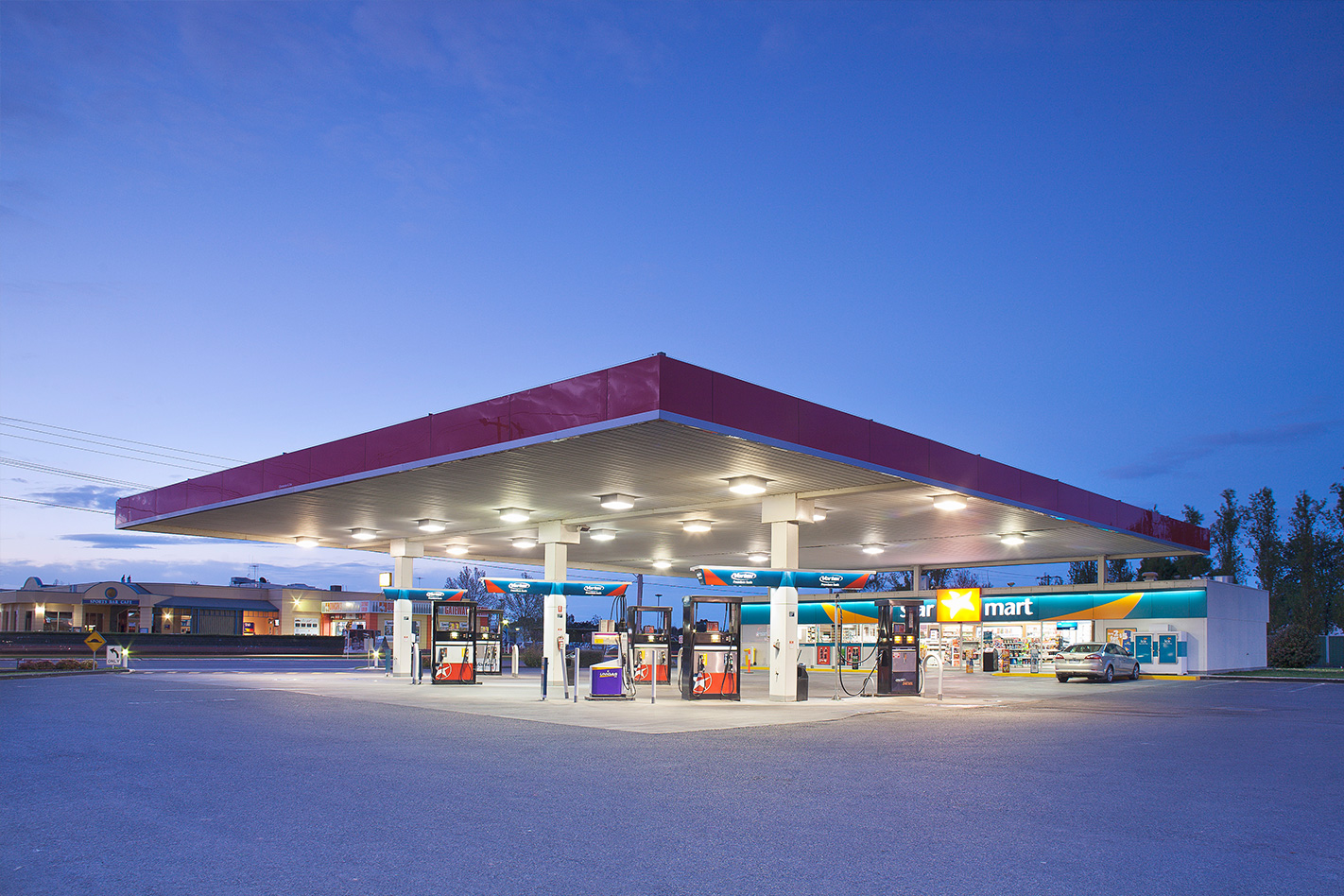
In the meantime, as the US, China and Europe introduce fuel quality standards that either meet or beat 10ppm, and push for even higher targets that will force car makers to electrify drivetrains via hybrid systems within the next few years, Australia is yet to meet petrol quality standards introduced to the European Union in 2009, with the Department of Environment telling Wheels that it “does not have an estimate” of when new fuel quality standards were likely.
Engines being developed for future European cars are unlikely to come here because our sulphur levels will kill them. Not helping the cause are the constant changes sweeping Australian politics: “Each time there’s a change of government or minister, you have to go back to the start and explain it all again,” one industry insider told Wheels.
An FOI request shows that members of the Fuel Standards Consultative Committee, which last met in February this year, are already raising concerns about a potential price shock stemming from improved fuel quality standards, and the possibility of reducing excise – the 40.3 cents the Federal Government skims on top of GST from every litre of petrol sold – to help motorists adjust to the hip-pocket hit.
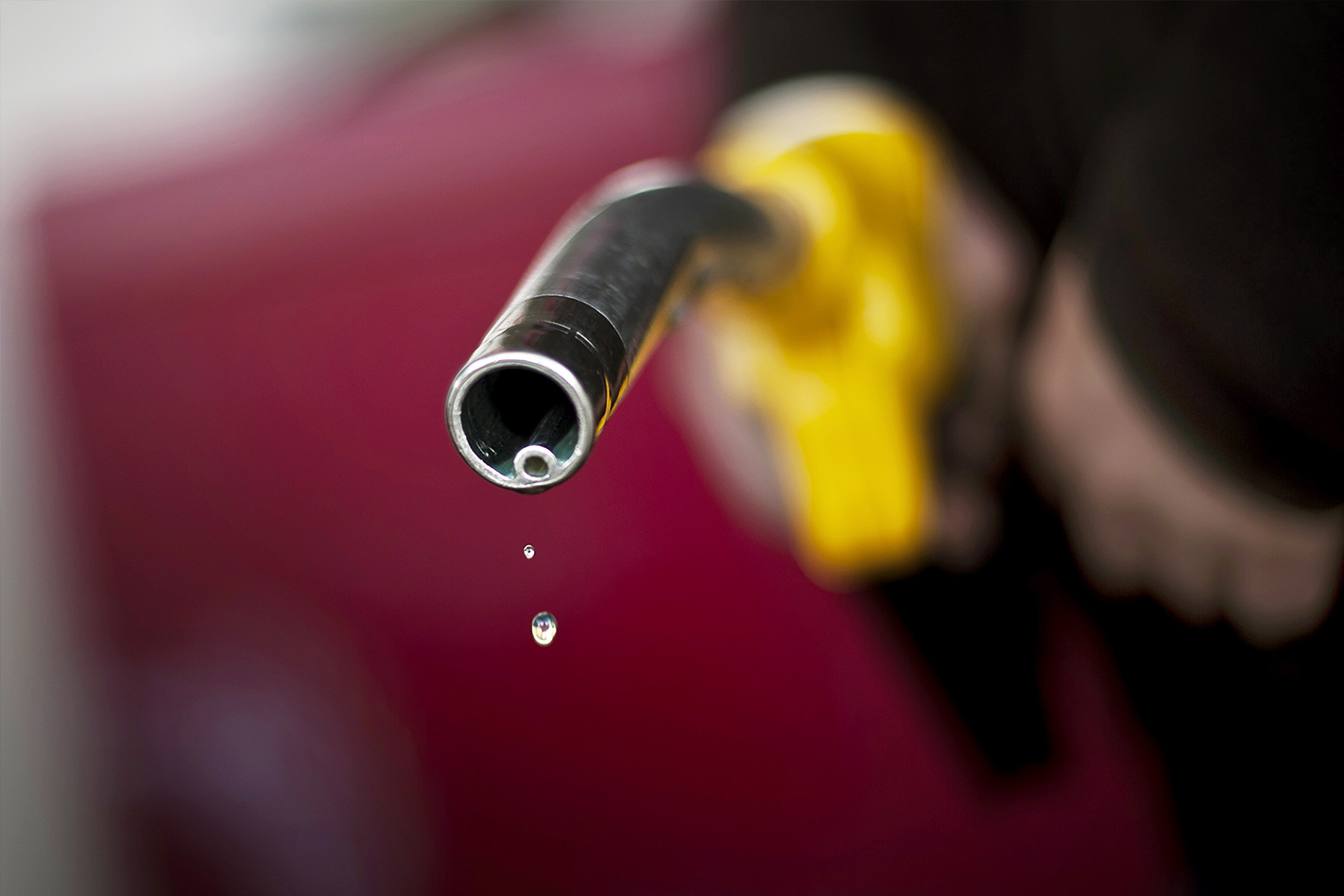
The easiest solution for the government, one source says, is to increase the cost of 91RON fuel to make it more expensive to buy at the pump than 95RON; a much more manageable solution than going cold turkey and withdrawing 91RON fuel from sale.
Wheels Investigation: Texting and driving – Death by Distraction
The Australian Automobile Association, which represents various motoring-interest unions, says it believes the government should consider any new emissions standards alongside fuel-quality standards.
“This is the best way to ensure the government can meet its climate change and air quality commitments, but do so at least cost to Australian households already spending around 13 percent of their income on land transport, and facing increased pressure from rising energy costs,” it said.
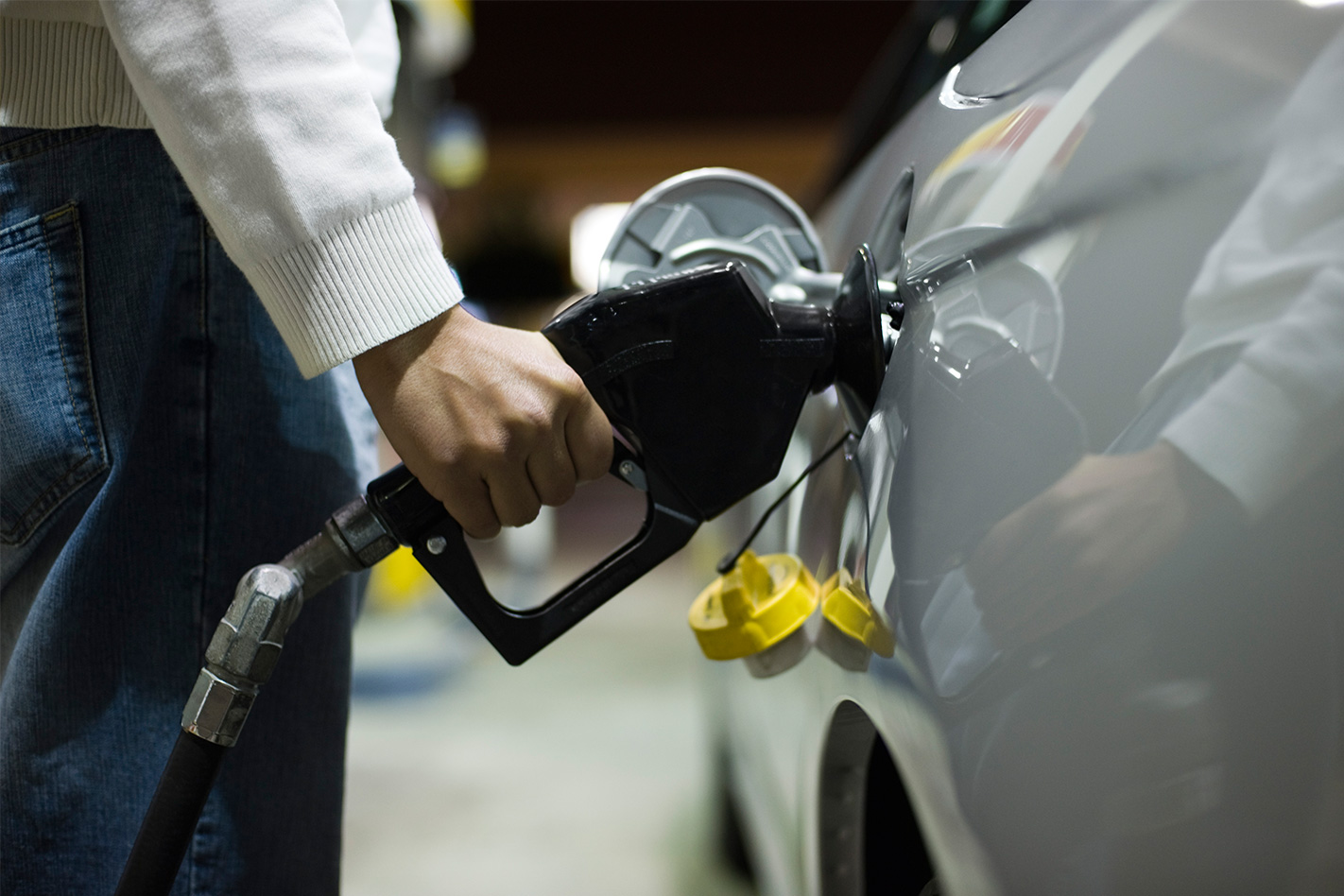
However, any solution may yet be a long time coming, even though the current standard is set to expire in late 2018. With no timeline on when we’re likely to see new standards, and no new targets to aim for, we’re not going to be breathing easy.
Get the lead out for a new millennium Australia has already had the experience of weaning itself off a highly polluting fuel; in 2000, the government withdrew leaded fuel from sale in the interests of public and environmental health – the same time as the European Union.
The 160,000km barrier Assessments of how long we can hold out on improving fuel quality standards appear linked to a 160,000km benchmark – the theoretical tipping point before an advanced petrol engine starts to suffer damage to its three-way catalyst caused by a 50ppm sulphur content.

